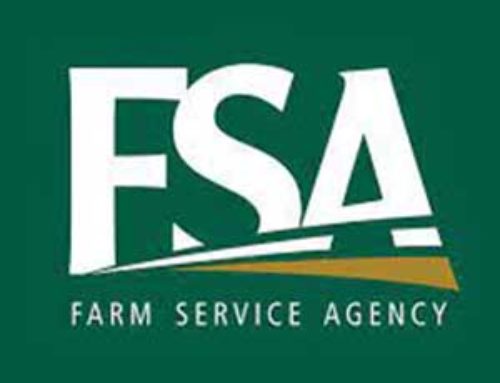
Getting traits moved can take years. The virtue of the cherries on the left is high resistance to cherry leaf spot. Montmorency in the center is the industry standard. The cherry on the right is on target—large, firm, and deep red.
In her right hand, Amy Iezzoni holds three cherries that sum up the aspirations of her research program and the problems she has to overcome to get there.
On the right side in her palm is a large, firm, high Brix, deep red cherry that looks like a sweet cherry but is tart—the kind used in baking and in pie fillings. On the left is a “dismal-looking thing,” as she describes it—a small wild-looking cherry that’s more pit than flesh, but contains some interesting genes.
In the center is the current industry standard, a smallish, clear-fleshed, bright-red-skinned, easily bruised, disease-prone tart cherry called Montmorency, which dominates commercial production. Michigan grows about 70 percent of the nation’s tart cherries, and the rest are grown in Wisconsin, New York, Pennsylvania, Utah, Oregon, and Washington. Montmorency has the familiar tart cherry flavor, good for pies, jams, dried cherries, and cherry juice.
Iezzoni, the cherry breeder at Michigan State University, is attempting to make change in an industry that hasn’t changed much since the introduction of shake-and-catch harvesting 50 years ago. Growers have stuck with the Montmorency variety despite its challenges.
Its pale, white clear flesh can show bruises and, in many products it needs to be dyed red. Similar tart cherries in Europe have deep red flesh, like sweet cherries. Some cherries in Iezzoni’s collection have the bright red skin color of Montmorency throughout the flesh.
Montmorency is highly susceptible to cherry leaf spot, a disease that progressively defoliates trees so that, already by September, many look like they’re in the dead of winter. Loss of leaves early in the season can affect ripening and fruit quality, but even later, premature loss can lead to poor flower bud formation and winter injury.
Disease resistance
The dismal wild-looking cherry comes from a nice-looking tree. In an experimental orchard in the Clarksville Horticultural Research Station in mid-July, it had lots of dark green leaves, showing its resistance to cherry leaf spot, in a row where others obviously were not resistant. Iezzoni’s real challenge is to combine several traits, such as disease resistance and firm fruit, while retaining the positive aspects of Montmorency.
Growers stick with the variety because there are currently few high-yielding alternatives that keep within the tradition—they all grow Montmorencies and know how to manage them. Some think the tradition should change with hopes of increasing yields and consumer demand. Iezzoni is also working to find cherries that would be different—in size, color, flesh texture, and even tree shape and the way they are harvested.
She’s working with a team of researchers at Michigan State University who are seeking to convert harvest from the current shaker and catching frame system to an over-the-top harvesting system like that now used in berries. Genetic traits she’s working with include those that cause tree dwarfing, those that change the way in which cherries are borne (the length and stiffness of shoots), and even those that have multiple trunks and grow more like bushes.
UFO system
In one experiment under way at Clarksville, she’s collaborating with sweet cherry researcher Dr. Greg Lang and his graduate student Tiffany Lillrose, who are experimenting with growing tart cherries in a tree wall system using the Upright Fruiting Offshoot system.
Lillrose is studying tart cherry trees planted with their trunks at various angles—30, 45, and 60 degrees—to see how they respond. In sweet cherries, a dozen buds are allowed to form vertical shoots spaced along the leaning trunk, forming a wall of branches bearing fruit and having few side shoots. Renewal pruning is used to take out two or three larger limbs each year and keep bearing surface young. Buds on the bottom side of the slanting trunk are rubbed off.
Lang envisions the possibility of running a harvester like those used in blueberries and raspberries down a row of such trees. But Iezzoni also has a rootstock project at the Clarksville station where she hopes to find low-vigor rootstocks that would bring down the size of Montmorency trees that are now grown on Mahaleb and Mazzard rootstocks.






Leave A Comment